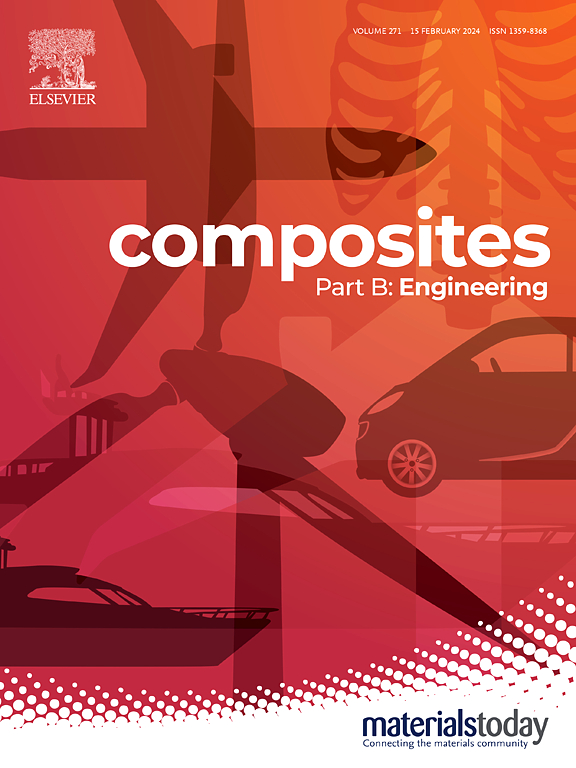Enhancing bone healing through immunological microenvironment modulation via a smart-responsive multifunctional therapeutic system
IF 12.7
1区 材料科学
Q1 ENGINEERING, MULTIDISCIPLINARY
引用次数: 0
Abstract
The clinical repair of bone defects is still a significant challenge because of unfavorable immunological microenvironments, limited blood supply, and weak osteogenic differentiation potential. Therefore, a hydroxyapatite-based (HAp) nanocomposite (HPDD), consisting of polydopamine (PDA)-adhered deferoxamine (DFO), was designed and incorporated into an F127DA hydrogel. The HPDD nanocomposite acted as a photosensitizer, endowing the F127DA/HPDD hydrogel with the ability to spatiotemporally and intelligently release DFO and Ca2+ in response to near-infrared (NIR)/pH stimulation. This mild photothermal therapy induced by NIR irradiation achieves the clearance of reactive oxygen species (ROS), the polarization of M1 macrophages toward the M2 phenotype, and the promotion of angiogenesis and bone repair. Furthermore, by fostering an anti-inflammatory immunological microenvironment, the F127DA/HPDD hydrogel sustained release system promoted the secretion of functional factors, which are beneficial for angiogenesis and bone repair. Transcriptomic analysis was employed to investigate how M2 macrophage polarization enhances angiogenesis and osteogenic differentiation. In vivo experiments further confirmed that the F127DA/HPDD hydrogel system, under NIR/pH stimulation, promoted angiogenesis and osteogenic differentiation by inhibiting inflammation. In summary, this intelligent responsive hydrogel system provides a novel approach for reshaping an anti-inflammatory immunological microenvironment to accelerate bone repair.

求助全文
约1分钟内获得全文
求助全文
来源期刊

Composites Part B: Engineering
工程技术-材料科学:复合
CiteScore
24.40
自引率
11.50%
发文量
784
审稿时长
21 days
期刊介绍:
Composites Part B: Engineering is a journal that publishes impactful research of high quality on composite materials. This research is supported by fundamental mechanics and materials science and engineering approaches. The targeted research can cover a wide range of length scales, ranging from nano to micro and meso, and even to the full product and structure level. The journal specifically focuses on engineering applications that involve high performance composites. These applications can range from low volume and high cost to high volume and low cost composite development.
The main goal of the journal is to provide a platform for the prompt publication of original and high quality research. The emphasis is on design, development, modeling, validation, and manufacturing of engineering details and concepts. The journal welcomes both basic research papers and proposals for review articles. Authors are encouraged to address challenges across various application areas. These areas include, but are not limited to, aerospace, automotive, and other surface transportation. The journal also covers energy-related applications, with a focus on renewable energy. Other application areas include infrastructure, off-shore and maritime projects, health care technology, and recreational products.
 求助内容:
求助内容: 应助结果提醒方式:
应助结果提醒方式:


